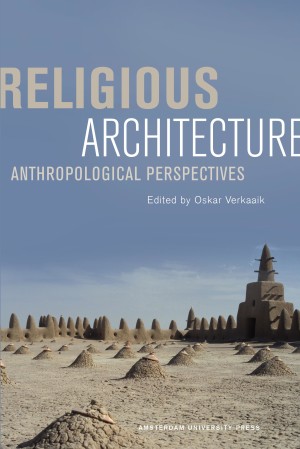Borrowing from a range of theories on spacemaking and material religion, and with contributions from anthropologists working in the United Kingdom, Mali, Brazil, Spain, and Italy, this fascinating and comprehensive study develops an anthropological perspective on modern religious architecture including mosques, churches, and synagogues. Religious Architecture examines how religious buildings take their place in opposition to their secular surroundings and, in so doing, function not only as community centers in urban daily life, but also as evocations of the sublime that help believers to move beyond the boundaries of modern subjectivity.

